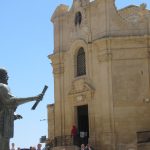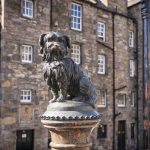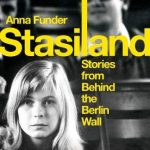The main sites where people are buried in Paris – the Pantheon and the city’s main cemeteries – are atmospheric and fascinating places, visited both by Parisians themselves and by those passing through the city. This post takes you to the Pantheon, where some of France’s most respected citizens are entombed and to the city’s main cemeteries: Père Lachaise, which attracts more visitors than any other cemetery in the world, Montparnasse and Montmartre, where a number of famous writers, musicians and artists are buried and Passy, a smaller cemetery overlooked by the Eiffel Tower where some of the city’s wealthiest families lie. Lastly, we cover the Picpus Cemetery, with its gruesome reminders of so many victims of the Revolution.
THE PANTHEON


Is it a church or is it a monument? It has been both. Louis XV commissioned it and dedicated it to Sainte Geneviève in gratitude for his recovery from illness. it was almost finished when the revolution broke out and churches were no longer wanted. In 1790, the new Assemblée Nationale (parliament) decided to use it as a Pantheon: ‘Let us install statues of our great men and lay their ashes to rest in its underground recesses.’ Further tussles between church and state followed – summarised on the podcast – but today it’s the burial place of many of France’s most famous military figures, politicians, writers and artists.
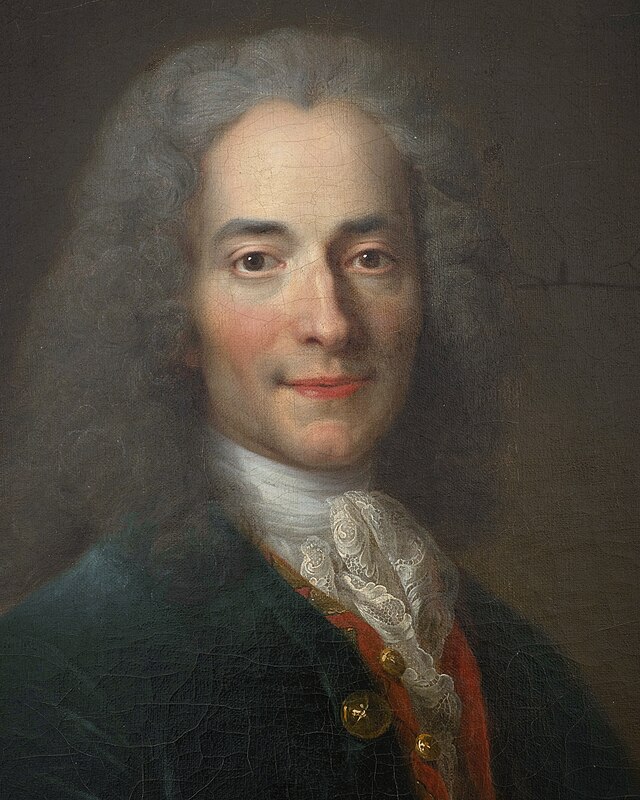
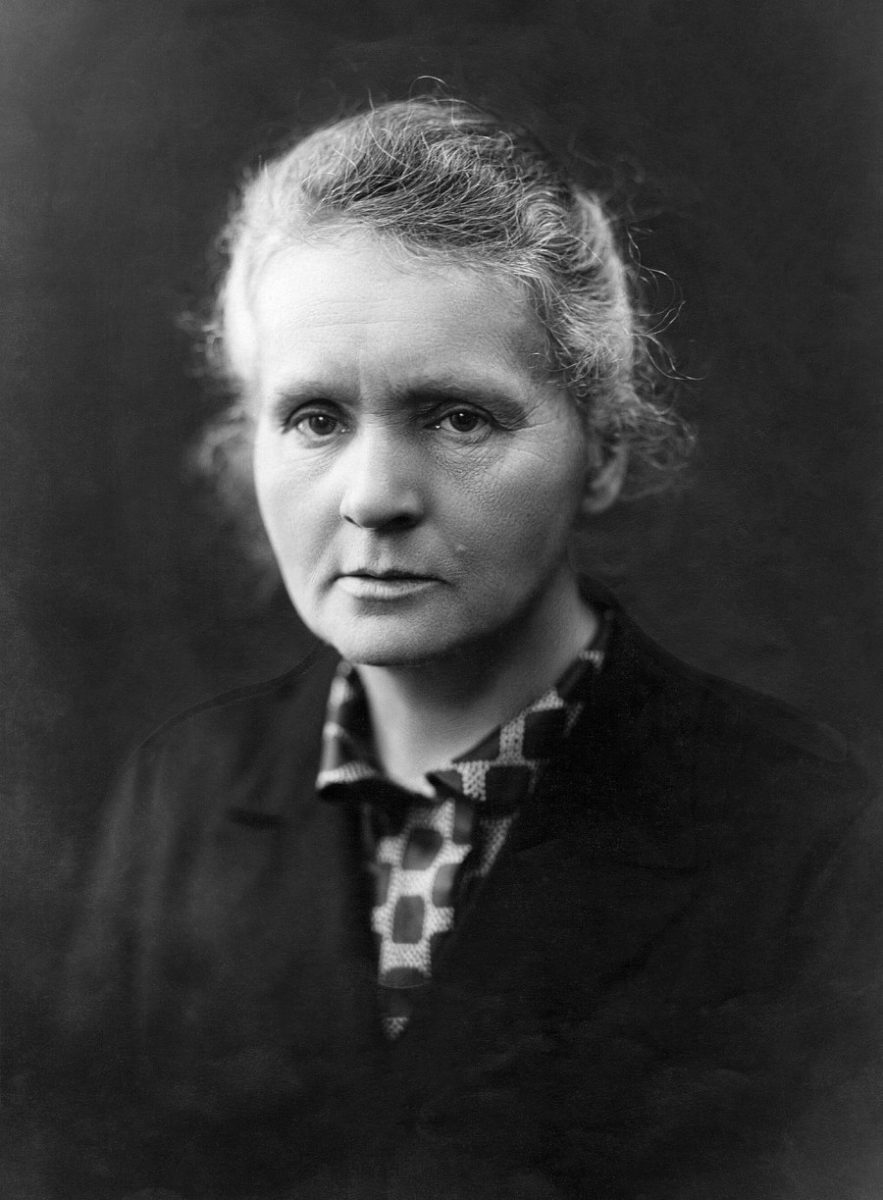
It’s also been the scene of some of the country’s most elaborate funerals, including the one for the philosopher Voltaire, preceded by an 8-hour cortège, when his black-draped coffin was carried through the streets on a carriage pulled by 12 horses. In 1964 President de Gaulle presided over a ceremony to inter the remains of the resistance leader Jean Moulin here. The inscription on the front of the building translates as ‘A grateful nation honours its great men’ and to date only 5 women have been honoured here, including Marie Curie, the first woman to win the Nobel Prize and two resistance fighters from World War II. Biographies of a number of those interred here are given on the podcast.
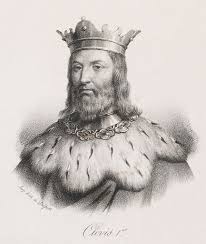
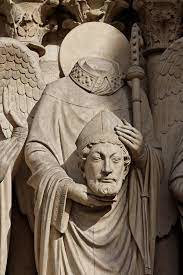
The Pantheon, perched on top of a hill just east of the Luxembourg Gardens, is a spectacular sight with its Greek-columned façade and grand dome. Inside you’ll see both religious and secular artwork remembering saints (St Denis, St Geneviève and St Louis), historical figures (King Clovis and Joan of Arc), sculptures recalling national events like the revolution and a World War I Memorial inscribed ‘To Heroes Unknown’. In the corridors of the vast crypt are over 80 tombs including those of Victor Hugo, Émile Zola and Louis Braille.
Père Lachaise Cemetery
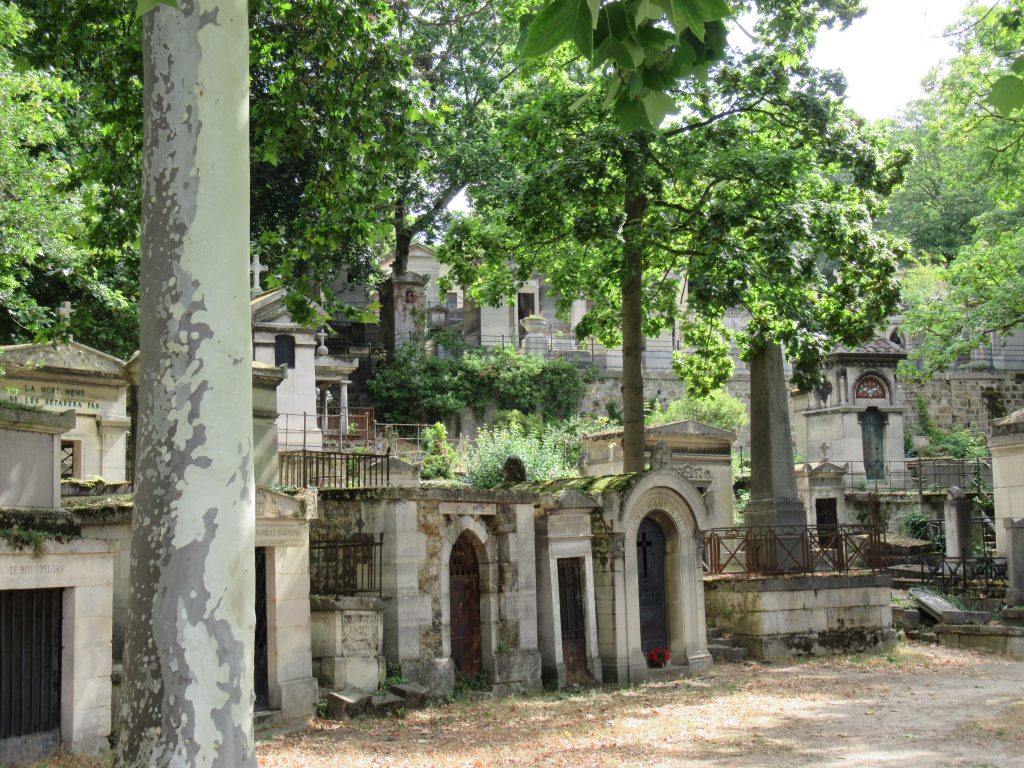
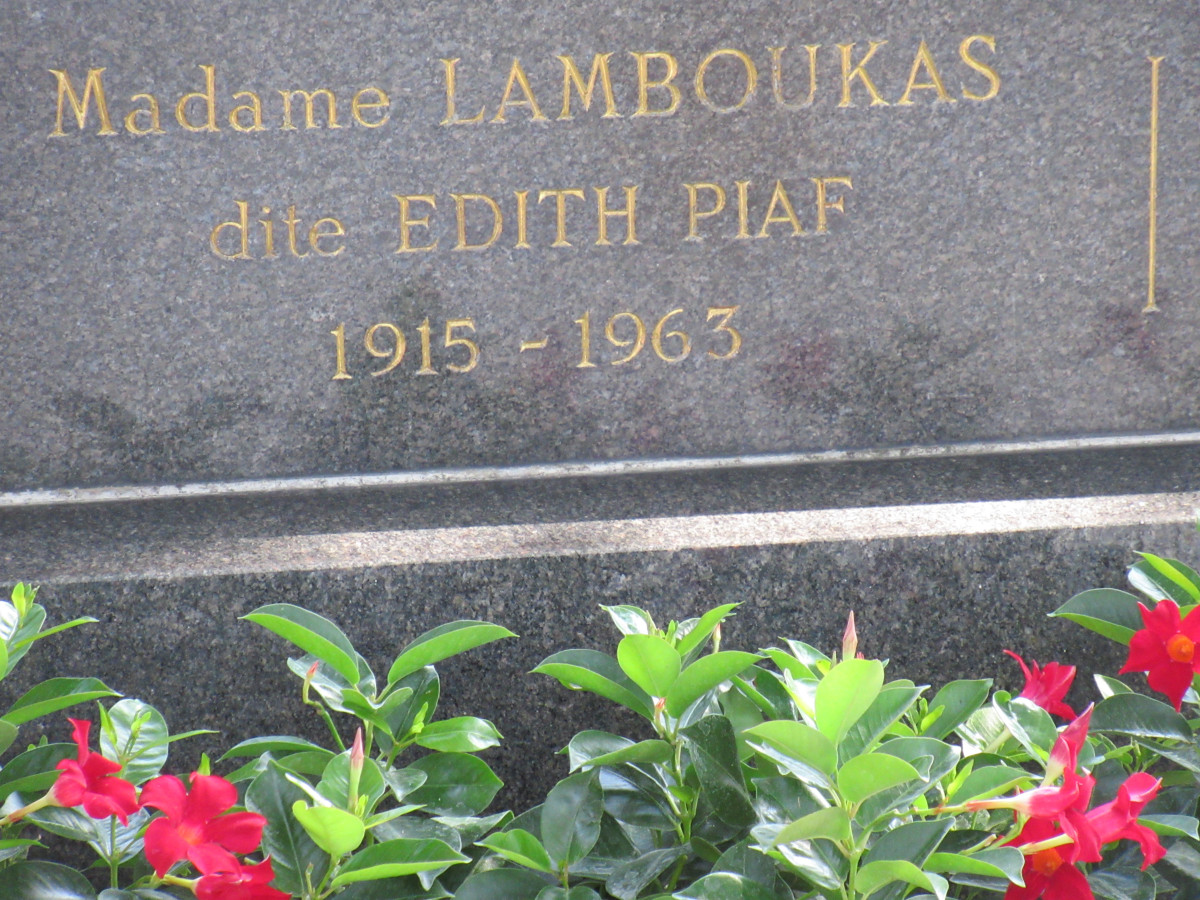
Paris cemeteries are atmospheric places, where the tombs and mausoleums lie among trees and where you are free to wander, just as the 19th century author Honoré de Balzac liked to do. He wrote: ‘I rarely go out, but when I do wander, I go to cheer myself up in the Père Lachaise.’ The best strategy is to download a map of the cemetery, highlight a few things you’d like to see and then wander between them. On the way, you’ll notice lots of interesting little things.
Père Lachaise, (20th arrondissement ) was named after a monk from a nearby monastery. The city’s biggest cemetery – a million plus people are buried here – it was opened in 1804 when space for burials nearer the city centre was running out. The authorities moved the bodies of some well-known people – Molière and La Fontaine for example – here to persuade the citizens of Paris that they too would like to be buried here. Much-visited graves here include those of Héloïse and Abelard, the medieval lovers cruelly parted in life but reunited in death and of many writers (Balzac, Proust. Colette), artists (Pissarro, Delacroix, Modigliani) and musicians (Chopin, Maria Callas, Edith Piaf), some of whose stories are told on the podcast.

Look out for the Mur des Fédérés, where the bodies of 147 Communards were buried. The bullet holes in the wall date from May 28th, 1871 when 147 ‘rebels’ were shot by the authorities at the end of the Paris Commune. There’s also a walkway of holocaust remembrance, featuring memorials for the concentration camps including Dachau, Auschwitz and Bergen-Belsen and a particularly moving wire sculpture in memory of Jewish children killed by the Nazis, with a plaque stating that ‘this is their only grave.’
mONTPARNASSE CEMETERY

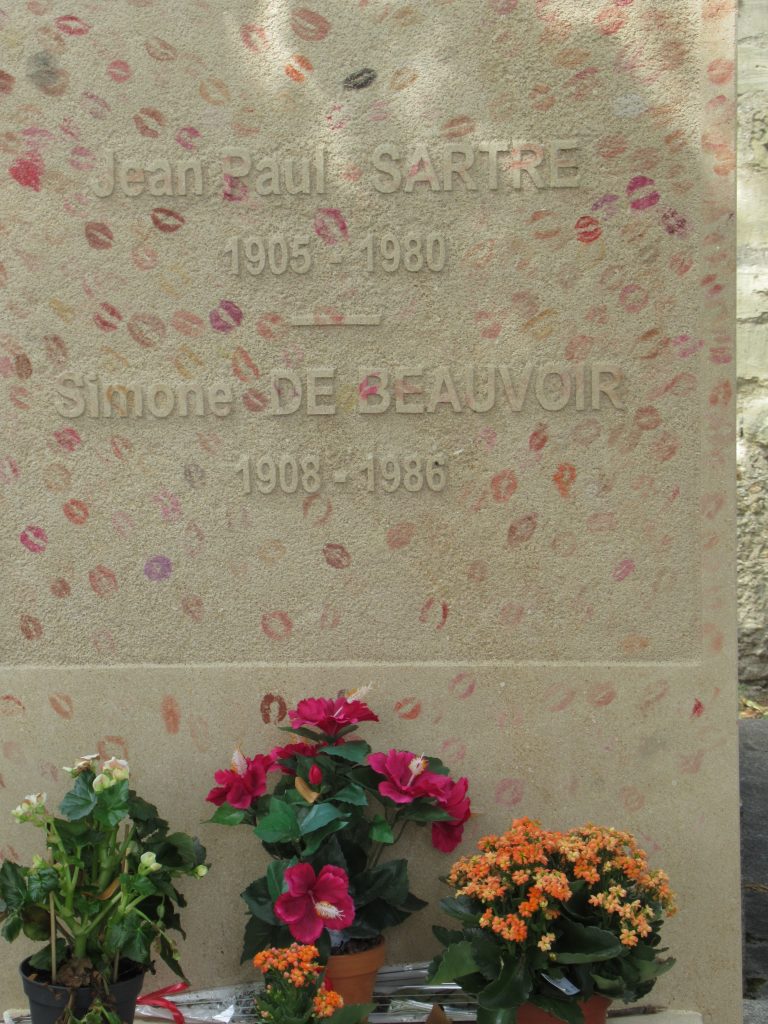
There are 35,000 tombs here including those of the writers Charles Baudelaire and Guy de Maupassant. Other well-known figures laid to rest here include Charles Garnier, who designed the magnificent Opéra Garnier, the composer Saint-Saens, the singer-songwriter Serge Gainsbourg and Alfred Dreyfus, the Jewish officer falsely accused of treason whose trial split France into two. The grave where Jean-Paul Sartre and Simone de Beauvoir are buried together is much sought-out, and often found with lipstick kisses scrawled over it. As you wander, you’ll spot glimpses of the nearby Montparnasse Tower and see some interesting grave architecture, for instance a large fish sculpture on the tomb of Alex Berdal who won the coveted ‘Prix de Rome’ prize in 1968.
Montmartre Cemetery
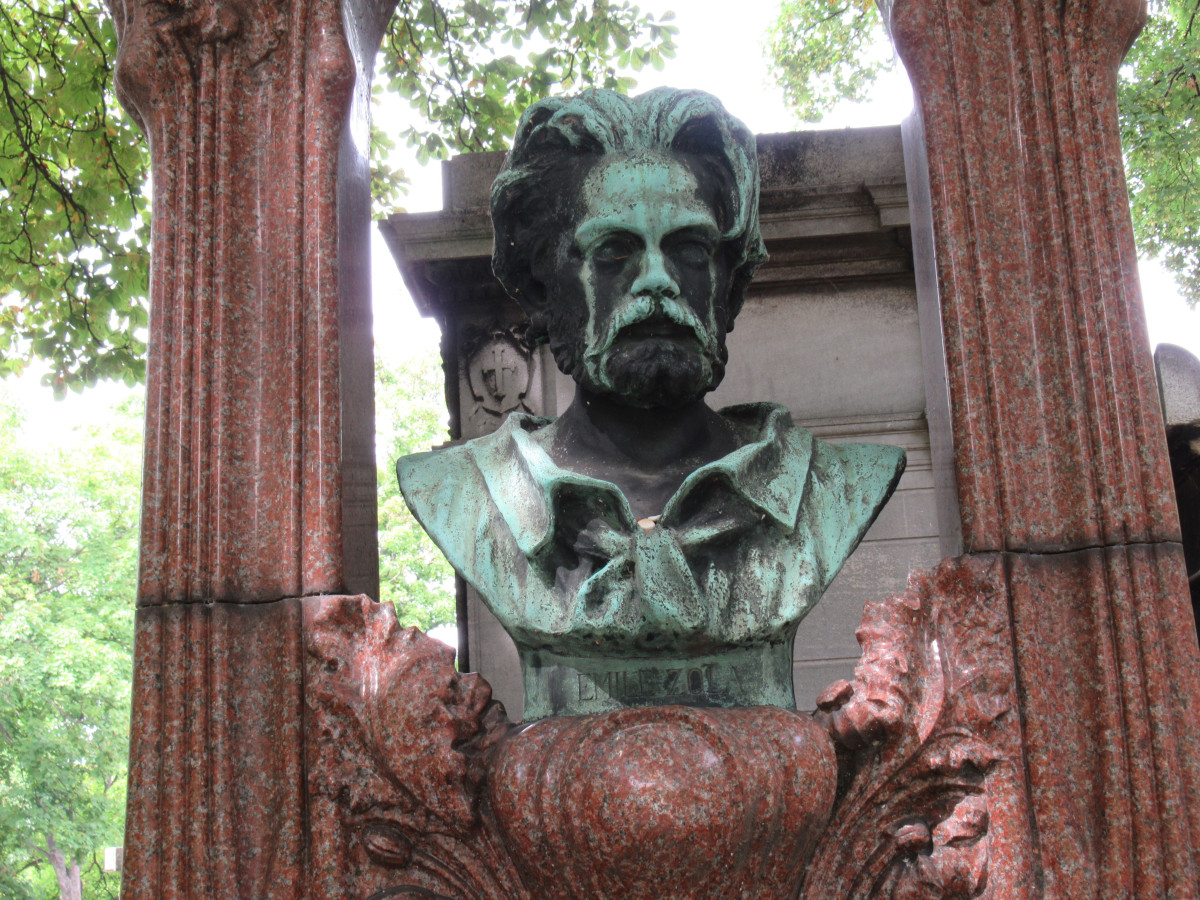
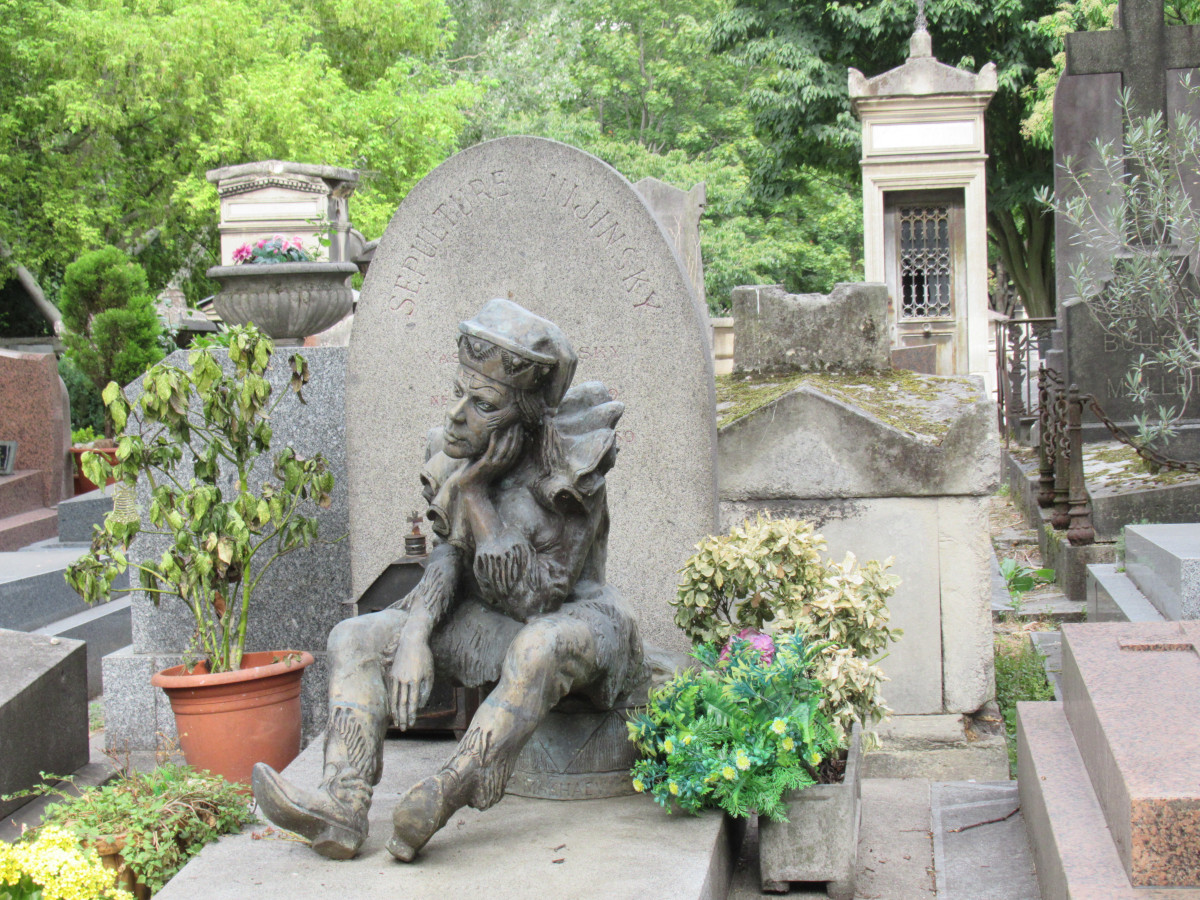
Montmartre Cemetery was the burial ground for a number of nobles who’d been beheaded in the revolution. Also, the graves of a number of artists is a reminder of the bohemian reputation Montmartre enjoyed in the 19th and early 20th centuries. They include the impressionist, Edgar Degas and the painter and printer Henri de Toulouse-Lautrec whose iconic posters advertising Montmartre cabaret and nighclubs are still so popular. La Goulue, can-can dancer and star of the Moulin Rouge is here, as is Adolphe Sax, musician and inventor of ….. the saxophone! Zola’s original tomb is still here, although his body was moved to the Panthéon in 1908.
passy cemetery
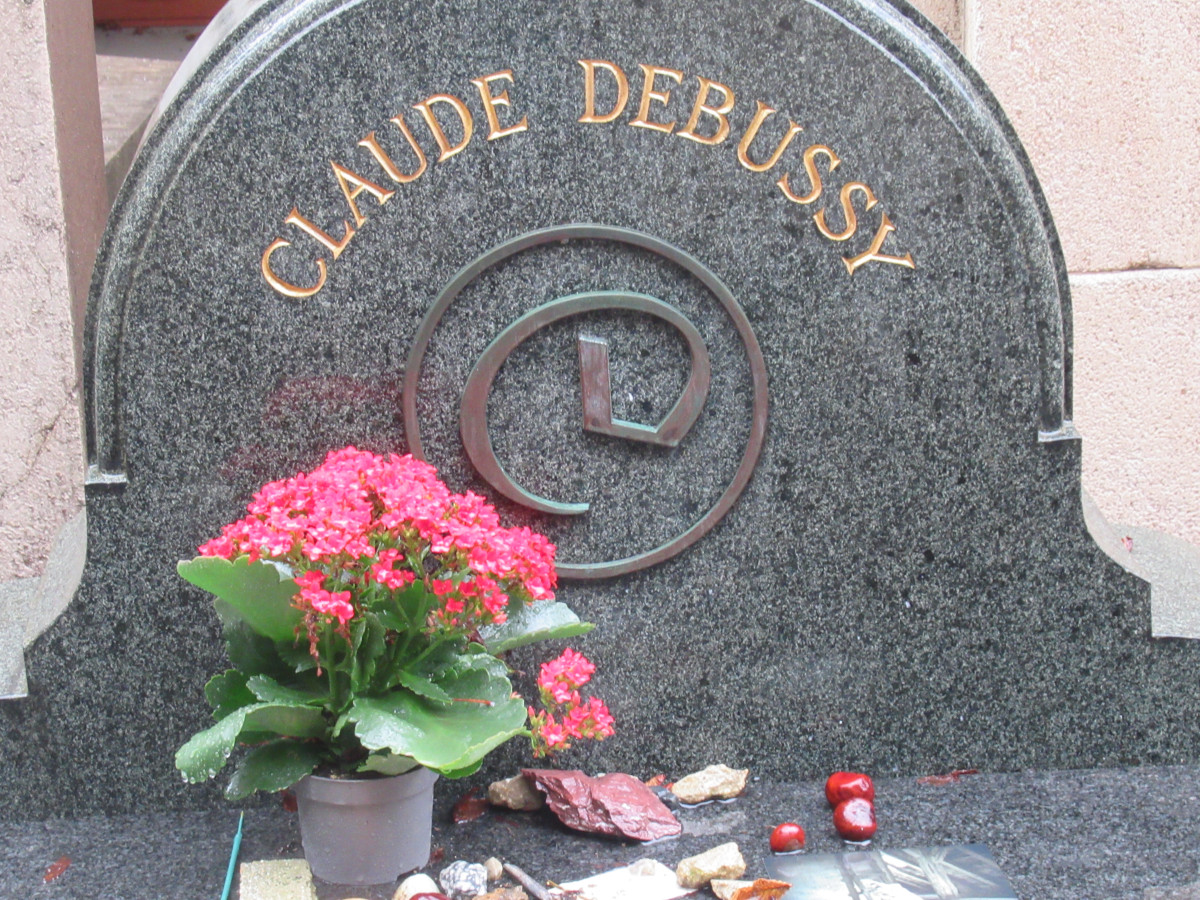
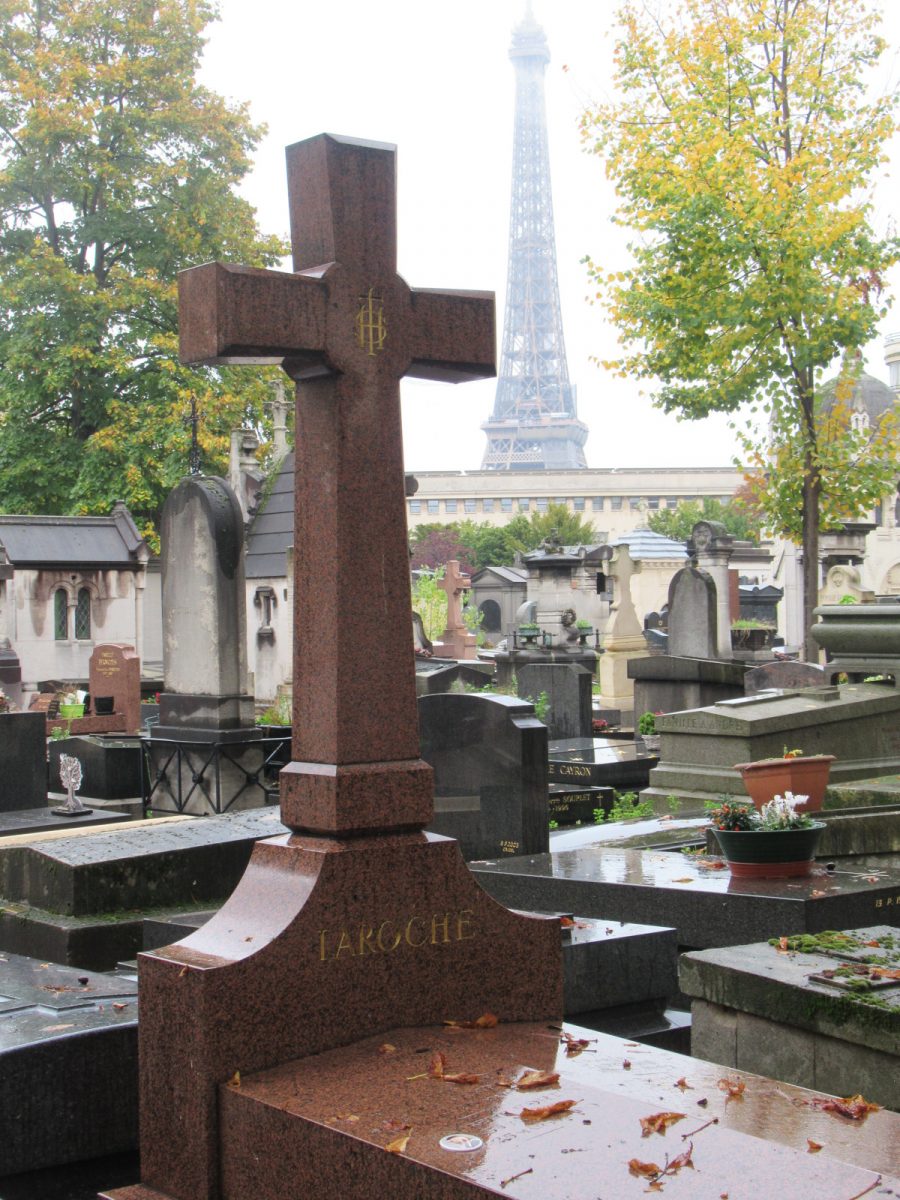
This atmospheric little cemetery lies near the Trocadero in the 16th arrondissement. It’s full of chestnut trees and as you walk around you suddenly catch glimpses of the Eiffel Tower. Quite a number of aristocratic residents of this upmarket area have chosen to be buried here. You may spot the family tombs of the Givenchy and Guerlain perfume familes, for example, or the grave of Sa Majesté Bao Dai, the last Emperor of Vietnam who spent the 4 decades after his abdication in Paris. The composer Debussy is here, as are the artists – and married couple – Edouard Manet and Berthe Morisot.
picpus cemetery


This private cemetery has a very grisly history. It’s near the Place de la Nation, site of many of the executions during the revolution and it was here that large pits were dug to bury the bodies under cover of darkness. It is open to the public every afternoon except Sunday and you can visit the church – where the names of all the victims are listed on two enormous marble plaques – and the cemetery itself. Plaques mark the site of the mass graves and also here are the graves of people from noble families whose relatives had been executed during the ‘Terror’. Look out for family tombs with aristocratic names – De Noailles, La Rochefoucauld,
Montmorency, Polignac.
This is also where you’ll find the grave of General Lafayette, that is the Marquis de Lafayette who fought under George Washington during the American Revolution. Lafayette’s wife wished to be buried here, next to the bodies of her mother, sister and grandmother who’d all been executed in the French Revolution and he lies here next to her. His grave is always marked by an American flag and every year on or around July 4th a ceremony is held – attended by the American Ambassador and other dignitaries – to remember him and to refresh the flag.
Listen to the POdcast
Links for this post
The Pantheon
Père Lachaise Cemetery
Montmartre Cemetery
Montparnasse Cemetery
Passy Cemetery
Picpus Cemetery
Previous episode Café Culture in Paris
Next episode Two Literary Houses in Paris
Last Updated on November 21, 2024 by Marian Jones


